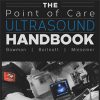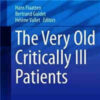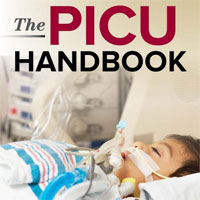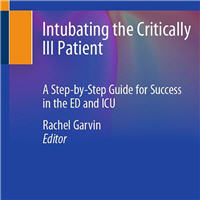A Retrospective Closed Cohort Study on Distribution of Multidrug-Resistant Bacteria in VAP and its Impact on Patient Outcome
journals.sagepub.comGram-negative organisms, particularly Klebsiella and Acinetobacter, were the main multidrug-resistant (MDR) ventilator-associated pneumonia (VAP) culprits.
MDR-VAP exhibited higher morbidity and mortality.
A study focused on developing resistance by microorganisms is warranted for further understanding.
Among 447 patients, 133 developed VAP, with 96 cases being MDR-VAP.
The mean age of the overall VAP population was 52 years, 70% of which were males. The incidence of VAP was 30.0% (95% CI: 25.7%–34.5%), while that of MDR-VAP was 21.6% (95% CI: 17.9%–25.8%).
The most prevalent MDR organisms were Acinetobacter species (50%) and Klebsiella pneumoniae (46.9%). Empirical antibiotics were administered in 96% of VAP cases. The overall VAP rate was 38.03/1000 ventilator days.
No single antimicrobial agent seemed to offer an empirical cover, as the susceptibility rate for most tested antimicrobials was less than 85%. Patients with MDR-VAP had a low survival rate (64.6%) and were less likely to be extubated at 13.5% compared to non-MDR-VAP (survival rate of 62.2%).
COVID-19 patients had a high incidence of MDR VAP, especially with Acinetobacter.
Overall, VAP mortality was 57.1%. The median ventilator days were 16 for VAP and only four for non-VAP.

















